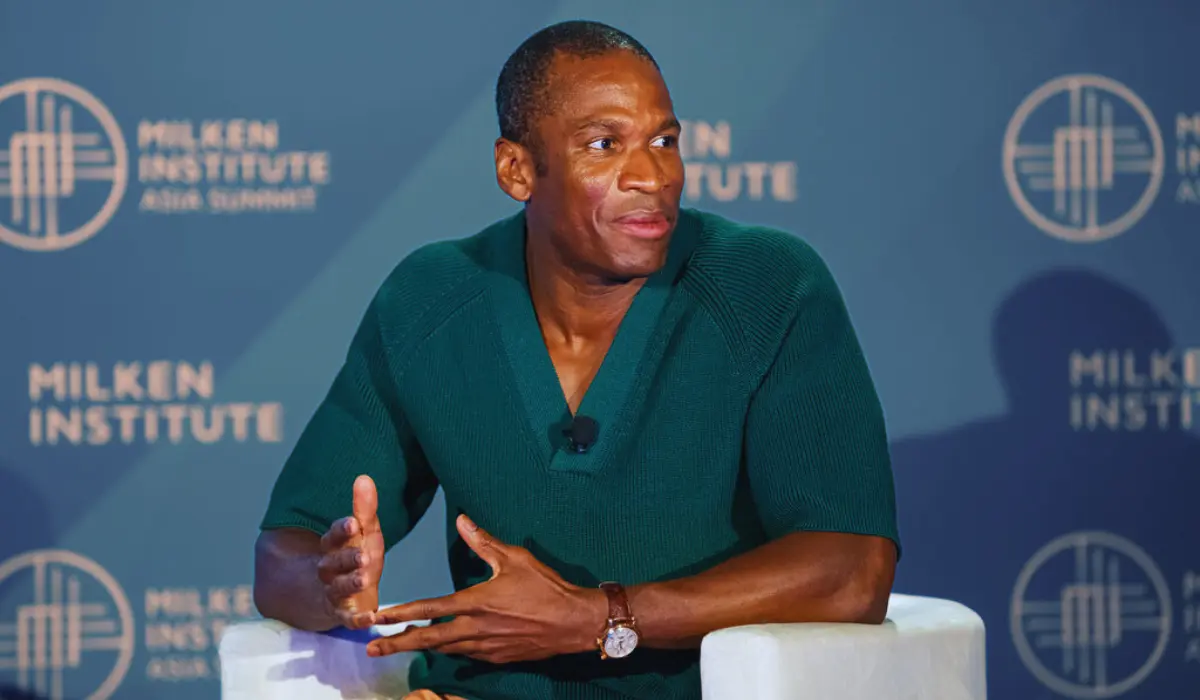Arthur Hayes has once more expressed his strong opinions on the concept of player versus player (PvP) in crypto.
Arthur Hayes, the former CEO and co-founder of the BitMEX cryptocurrency exchange, recently addressed the concept of PvP, or “player vs. player,” in cryptocurrency. He recognized the term as one that “Shitcoin” traders employ to characterize the current market cycle. In the context of PvP, a player’s victory is achieved at the expense of another player.
Post-Launch, New Crypto Projects Face Difficulties
The American investors referred to the crypto bull market and its impact on Bitcoin (BTC), Ethereum (ETH), and Solana (SOL) to provide context. Even though these top crypto projects have achieved positive results, other tokens introduced this year barely thrive in the retail sector. Hayes asserts that “the same cannot be said for Venture Capital (VC) firms.”
Additionally, Arthur Hayes characterized most emerging crypto projects as having a low circulating supply and a high number of Fully Diluted Value (FDV) tokens. This led to a nearly immediate decline in the value of their tokens following their launch.
In addition to traders, token launchers also demonstrate the player-versus-player concept. Researchers from Maelstrom endeavored to address two inquiries to comprehend the necessity for crypto projects to secure traders’ approval:
Is it worthwhile to pay listing fees to exchanges to increase the likelihood of your token pumping?
Are projects being launched at excessively high valuations?
The research examined 103 projects that were listed on the significant shitcoin exchanges in 2024. Most of these projects typically seek Centralized Exchanges (CEXs) that can list their token to increase their value. Hayes maintains that these listings are discretionary. He thinks that the key to a successful Web3 project is developing a helpful product or service that attracts a growing number of paying customers.
Arthur Hayes on Binance Listing
He distributed a table illustrating the performance of most tokens on exchanges such as Binance. Over time, he realized that most of these tokens could have performed better.
Some crypto projects must pay substantial listing fees to these exchanges, which may ultimately be in vain. The co-founder of BitMex believes that an alternative to a listing on Binance is worthwhile.
The tokens on Binance have not necessarily performed better than those on other exchanges, as indicated by the data in the table. Hayes observed that the tokens continued to decline on an absolute scale. Consequently, Hayes believes that a token’s value is not guaranteed to increase due to its listing on Binance.
Arthur Hayes clarified that a primary listing in which Binance is the first exchange on which your token is listed is not a worthwhile investment. “It is certainly worthwhile if Binance lists your token as a secondary listing due to the traction and engagement of your project community on a free basis.”
The Hamster Kombat native token HMSTR is one of the cryptocurrencies recently listed on Binance. The token’s airdrop was activated on September 26 and was promptly listed on Binance, OKX, Bitget, KuCoin, Bybit, Gate.io, MEXC, and Bitfinex. It is widely believed that these listings will increase. In the case of HMSTR, the listings have not prevented a substantial decline in its market value.
HMSTR was trading at $0.004532 at the time of this writing, down from a listing price of $0.013.



